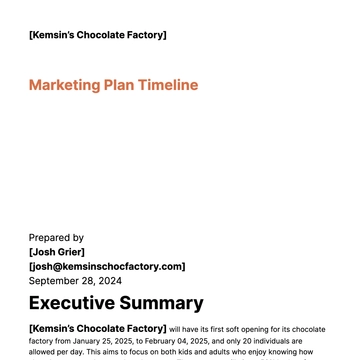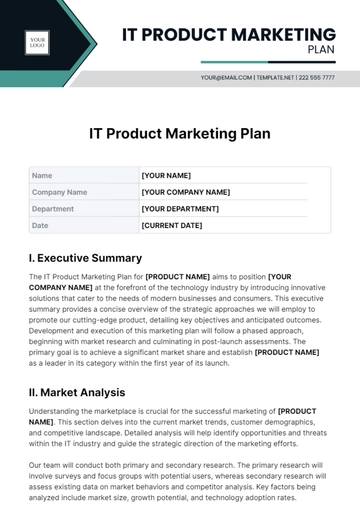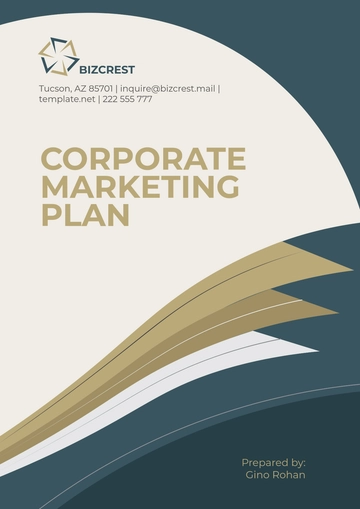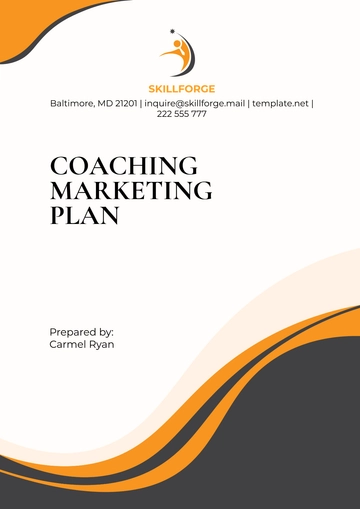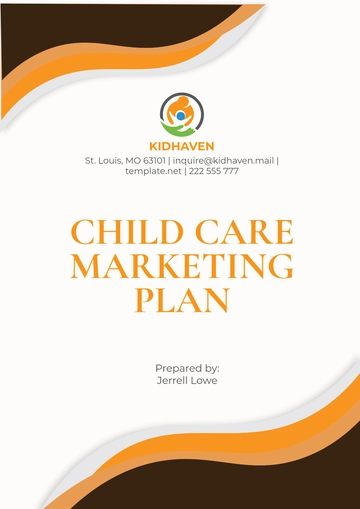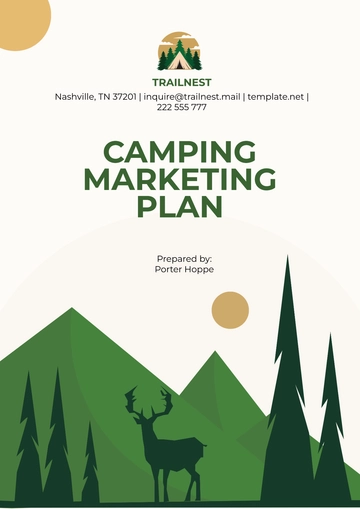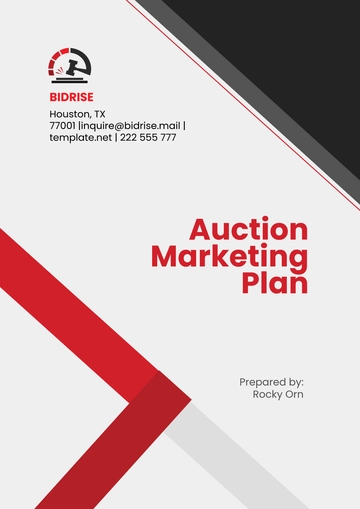Free Car Wash Seasonal Marketing Plan Sample

I. Introduction
A. Overview of the Car Wash Business
[Your Company Name] operates a well-established car wash service dedicated to providing high-quality cleaning and detailing services for vehicles. With a prime location and a reputation for excellent customer service, [Your Company Name] serves a diverse customer base ranging from individual car owners to commercial fleets.
B. Purpose of the Seasonal Marketing Plan
The primary objective of this Seasonal Marketing Plan is to take full advantage of the variations in consumer demand that occur throughout different seasons within the car wash industry. By meticulously orchestrating marketing campaigns and activities specifically designed to align with the busiest times of the year as well as the slower periods, [Your Company Name] seeks to optimize its revenue streams.
Additionally, this approach aims to not only retain existing customers by keeping them engaged and satisfied but also to bolster the company's brand visibility and reputation within the local community. Through these tailored marketing efforts, the intention is to establish a strong foothold in the market, ensuring sustained growth and a competitive edge.
II. Market Analysis
A. Overview of the Car Wash Industry
The car wash industry represents an essential and dynamic segment within the broader automotive service sector. It is primarily fueled by the growing consumer demand for convenient, efficient, and professional vehicle cleaning solutions. Industry reports have highlighted that in [Your City/Region], this sector has experienced consistent and sustained growth over recent years. This expansion can be attributed to an increasing number of consumers who, due to their busy lifestyles, are seeking out professional car cleaning services. Additionally, there is a prevailing preference among these consumers for maintaining their vehicles in top condition, which further drives the demand for such services.
B. Target Audience Analysis
[Your Company Name]’s target audience includes:
Individual Vehicle Owners: Including commuters, families, and vehicle enthusiasts seeking regular cleaning and detailing services.
Commercial Clients: Such as taxi companies, rental car agencies, and corporate fleets looking for efficient and reliable vehicle cleaning solutions.
Local Businesses: Establishments needing fleet maintenance or regular vehicle cleaning for company vehicles.
C. Competitor Analysis
Competitors in the local car wash market include both independent operators and established chains. Key competitors such as [Competitor 1] and [Competitor 2] offer similar services but may lack the personalized customer service and attention to detail that [Your Company Name] prides itself on. Understanding competitor pricing strategies, service offerings, and customer feedback helps [Your Company Name] differentiate its offerings and position itself effectively in the market.
III. Seasonal Trends
A. Analysis of Seasonal Demand Fluctuations
The car wash industry experiences notable fluctuations in demand based on seasonal variations:
Peak Seasons: Typically during spring and summer months when warmer weather encourages more frequent vehicle washing.
Off-Peak Seasons: Fall and winter months often see reduced demand due to colder temperatures and adverse weather conditions.
B. Identification of Peak Seasons and Off-Peak Seasons
Based on historical data and local trends, [Your Company Name] identifies the following seasonal patterns:
Peak Seasons: April to September
Off-Peak Seasons: October to March
A comprehensive understanding of these seasonal variations empowers [Your Company Name] with the ability to strategically distribute resources and meticulously plan marketing campaigns. By capitalizing on peak periods, [Your Company Name] can maximize revenue opportunities, while simultaneously maintaining customer engagement during off-peak times through targeted efforts, ensuring consistent customer interaction and sustained business performance throughout the year.
IV. Marketing Objectives
A. Increase Customer Acquisition during Peak Seasons
The primary objective during peak seasons is to attract new customers through targeted marketing campaigns and promotional offers. By leveraging increased foot traffic and consumer willingness to spend on vehicle maintenance, [Your Company Name] aims to expand its customer base and enhance market penetration.
B. Enhance Customer Retention Strategies
Ensuring the long-term success of [Your Company Name] is heavily reliant on the cultivation of customer loyalty. To achieve this, it is essential to implement a variety of comprehensive strategies designed to engage and retain customers. One such approach involves the creation and deployment of loyalty programs that reward repeat business and incentivize continued patronage. In addition to this, offering personalized service options tailored to meet the unique needs and preferences of each customer can significantly enhance their overall experience and satisfaction.
Furthermore, proactive customer engagement initiatives play a critical role in building and maintaining meaningful relationships with customers. These initiatives may include regular communication through various channels, seeking and acting on customer feedback, and anticipating customer needs to provide timely and relevant services. By integrating these multifaceted strategies, [Your Company Name] can effectively foster repeat business and enhance the lifetime value of each customer.
C. Boost Brand Awareness and Visibility
Expanding brand awareness is critical for distinguishing oneself in a crowded and highly competitive market. As such, [Your Company Name] has devised a multifaceted strategy to boost its visibility and prominence. This comprehensive plan includes a series of targeted local advertising initiatives designed to capture the attention of potential customers through various media channels. Additionally, [Your Company Name] will engage in community outreach programs, fostering strong relationships and goodwill within the local community.
Furthermore, [Your Company Name] intends to forge strategic partnerships with businesses that offer complementary services, thereby broadening its market reach and enhancing its appeal. Through these concerted efforts, [Your Company Name] aims to solidify its standing as the go-to provider of professional car cleaning services in the [Your City/Region] area, ensuring that it remains top-of-mind among consumers seeking high-quality care for their vehicles.
V. Marketing Strategies
A. Seasonal Promotion Campaigns
During peak seasons, [Your Company Name] will launch targeted promotion campaigns such as:
Spring Clean-Up Campaign: Offering discounted detailing packages to prepare vehicles for warmer weather.
Summer Splash Specials: Promotions on express wash services to attract frequent customers during peak travel months.
B. Digital Marketing Strategies
Digital platforms play a crucial role in [Your Company Name]’s marketing strategy:
Social Media Campaigns: Engaging with customers through platforms like Facebook, Instagram, and Twitter to promote seasonal offers and showcase customer testimonials.
Email Marketing: Sending personalized offers and reminders to subscribers about upcoming promotions and seasonal maintenance tips.
C. Collaborations and Partnerships
Partnering with local businesses and community organizations enhances [Your Company Name]’s visibility and customer reach:
Car Dealerships: Offering discounted services to customers purchasing new vehicles.
Local Events: Sponsoring or participating in community events to increase brand exposure and attract event attendees.
VI. Implementation Plan
A. Timeline for Seasonal Campaigns
The implementation of seasonal marketing campaigns will follow a structured timeline to maximize effectiveness and ensure seamless execution:
the the Month | Details |
|---|---|
January | Review and analyze previous year's performance |
Plan and finalize promotional calendar for the year | |
February | Launch Spring Clean-Up Campaign |
March | Monitor campaign performance |
April | Evaluate Spring campaign results |
May | Plan and launch Summer Splash Specials |
June | Monitor and adjust marketing strategies |
July | Mid-year review of marketing objectives and KPIs |
August | Continue Summer promotions |
September | Assess customer feedback and adjust strategies accordingly |
October | Prepare for Fall promotions |
November | Launch Winterization Packages |
December | Evaluate annual marketing performance |
B. Budget Allocation for Marketing Activities
A detailed budget allocation ensures resources are effectively managed to support marketing objectives:
Category | Budget Allocation ($) |
|---|---|
Digital Marketing | 10,000 |
Print Advertising | 5,000 |
Promotional Campaigns | 8,000 |
Sponsorships | 3,000 |
Community Events | 4,000 |
Total Marketing Budget | 30,000 |
C. Resource Allocation
Effective resource allocation ensures [Your Company Name] has the necessary human resources and technology to support seasonal marketing efforts:
Human Resources: Assign dedicated staff to oversee marketing campaigns, customer service enhancements, and partnership initiatives.
Technology: Invest in marketing automation tools, customer relationship management (CRM) software, and analytics platforms to track campaign performance and customer engagement.
VII. Measurement and Evaluation
A. Key Performance Indicators (KPIs)
Monitoring KPIs allows [Your Company Name] to measure the success of seasonal marketing initiatives:
KPI | Measurement Metrics |
|---|---|
Customer Acquisition Rate | Number of new customers during peak seasons |
Customer Retention Rate | Percentage of repeat customers |
ROI on Marketing Campaigns | Revenue generated vs. marketing spend |
Social Media Engagement | Likes, shares, comments on social media posts |
Customer Satisfaction | Feedback ratings and reviews |
B. Monitoring and Tracking Tools
Utilize tools and platforms to track and analyze marketing performance:
Google Analytics: Monitor website traffic, conversion rates, and campaign attribution.
Email Marketing Platforms: Track open rates, click-through rates, and subscriber growth.
CRM Systems: Manage customer interactions and track sales pipeline from leads generated through marketing efforts.
C. Evaluation Criteria for Success
Establish clear criteria to evaluate the success of seasonal marketing campaigns:
Quantitative Metrics: Achieve a minimum of 15% increase in revenue during peak seasons compared to off-peak periods.
Qualitative Feedback: Positive customer testimonials and increased brand recognition in the local community.
Market Penetration: Expand market share by attracting new customer segments and increasing customer loyalty through effective retention strategies.
VIII. Adjustment and Refinement
A. Review and Analysis of Marketing Campaigns
Regular reviews enable [Your Company Name] to identify strengths, weaknesses, and opportunities for improvement:
Post-Campaign Analysis: Evaluate ROI, customer feedback, and campaign effectiveness against set objectives.
Competitive Analysis: Monitor competitor strategies and consumer trends to adapt marketing tactics accordingly.
B. Strategies for Continuous Improvement
Continuous improvement strategies ensure [Your Company Name] remains agile and responsive to market dynamics:
Feedback Loop: Solicit customer feedback through surveys and reviews to enhance service offerings and customer experience.
Innovation Initiatives: Explore new technologies and service enhancements to stay ahead of competitors and meet evolving customer expectations.
C. Flexibility in Adapting to Market Changes
Maintain flexibility to adjust marketing strategies based on seasonal variations, economic conditions, and consumer behavior shifts:
Agile Planning: Modify campaign schedules and promotions to align with unforeseen market changes or competitive pressures.
Adaptation Strategies: Pivot marketing efforts to capitalize on emerging trends and consumer preferences identified through ongoing market research.
IX. Conclusion
[Your Company Name] focus remains on leveraging strategic initiatives to drive growth and enhance brand equity in the competitive car wash industry. By aligning marketing efforts with seasonal demand fluctuations and customer preferences, [Your Company Name] has positioned itself to capitalize on peak periods while maintaining engagement during off-peak seasons. The comprehensive approach to budget allocation, resource management, and performance measurement ensures that marketing investments yield favorable returns and contribute to sustained business success.
Looking ahead, [Your Company Name] remains committed to innovation and customer-centric strategies that foster loyalty and attract new clientele. Continuous monitoring and adaptation to market dynamics will remain pivotal, allowing [Your Company Name] to adapt swiftly to changing consumer behaviors and competitive landscapes. By prioritizing customer satisfaction and operational excellence, [Your Company Name] is poised for continued growth and leadership in providing exceptional car wash services in [Your City/Region].
- 100% Customizable, free editor
- Access 1 Million+ Templates, photo’s & graphics
- Download or share as a template
- Click and replace photos, graphics, text, backgrounds
- Resize, crop, AI write & more
- Access advanced editor
Plan your seasonal marketing campaigns with Template.net's customizable and editable Car Wash Seasonal Marketing Plan Sample Template. Use the Ai Editor Tool to adapt this template to your needs. Develop effective marketing strategies for different seasons, helping you attract more customers and boost sales throughout the year.

